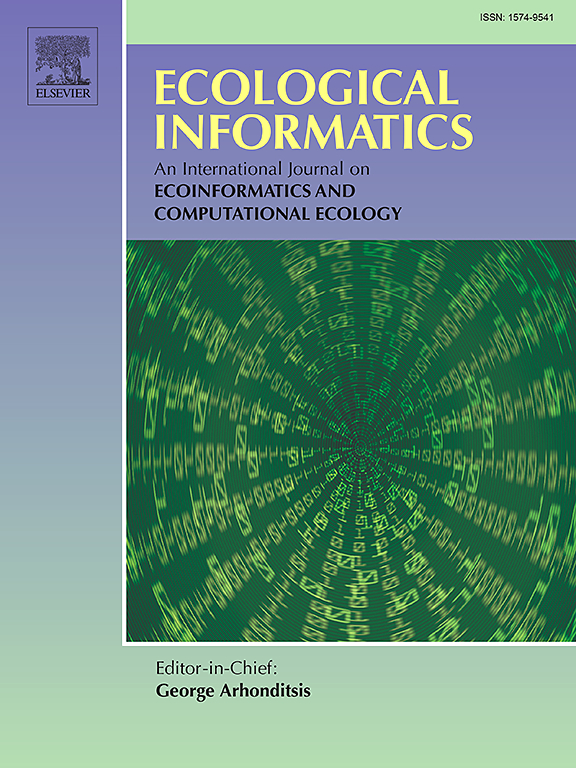An evaluation of vulnerability settings in Ecopath with Ecosim on ecosystem hindcast and forecast skills
IF 5.8
2区 环境科学与生态学
Q1 ECOLOGY
引用次数: 0
Abstract
Ecological model fitting is a critical step in ensuring that models can reflect historical ecosystem dynamics, allowing for an improved understanding of ecological processes and potentially enhancing the reliability of future projections, despite inherent uncertainties. Vulnerability parameters (v), reflecting the predator-prey relationship, play a crucial role in the Ecopath with Ecosim (EwE) model fitting. However, many EwE applications have bypassed tuning the vulnerability parameters due to a lack of historical data, limiting the impacts of vulnerability-unfitted (v-unfitted) models on evaluating management strategies. In this study, we used model skill metrics, including bias, error, and reliability, to evaluate the hindcast and forecast skills of the v-unfitted models with multiple vulnerability settings. The prediction from vulnerability-fitted (v-fitted) model was found to have the best fitness and most accurately replicate historical ecosystem dynamics when compared to observed data. In addition, the v-unfitted model with trophic-level-related vulnerability setting (vTL) exhibited relatively better hindcast ability among the alternative v settings compared with v-fitted model. In terms of forecast skill under both reduced and increased fishing effort scenarios, only the depletion-related vulnerability setting (vB) was found to be robust for v-unfitted models comparing to v-fitted model predictions. We highlight the importance of examining various vulnerability settings, and providing a reference for the application of unfitted models in informing ecosystem-based fisheries management. Our results also reaffirm the critical role of time-series data in applying EwE models.
求助全文
约1分钟内获得全文
求助全文
来源期刊

Ecological Informatics
环境科学-生态学
CiteScore
8.30
自引率
11.80%
发文量
346
审稿时长
46 days
期刊介绍:
The journal Ecological Informatics is devoted to the publication of high quality, peer-reviewed articles on all aspects of computational ecology, data science and biogeography. The scope of the journal takes into account the data-intensive nature of ecology, the growing capacity of information technology to access, harness and leverage complex data as well as the critical need for informing sustainable management in view of global environmental and climate change.
The nature of the journal is interdisciplinary at the crossover between ecology and informatics. It focuses on novel concepts and techniques for image- and genome-based monitoring and interpretation, sensor- and multimedia-based data acquisition, internet-based data archiving and sharing, data assimilation, modelling and prediction of ecological data.
 求助内容:
求助内容: 应助结果提醒方式:
应助结果提醒方式:


